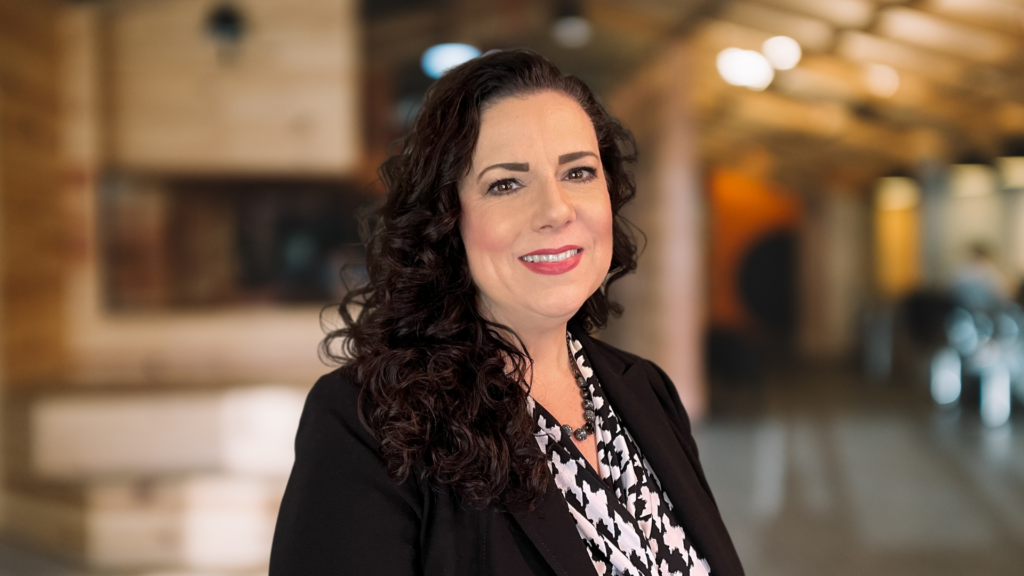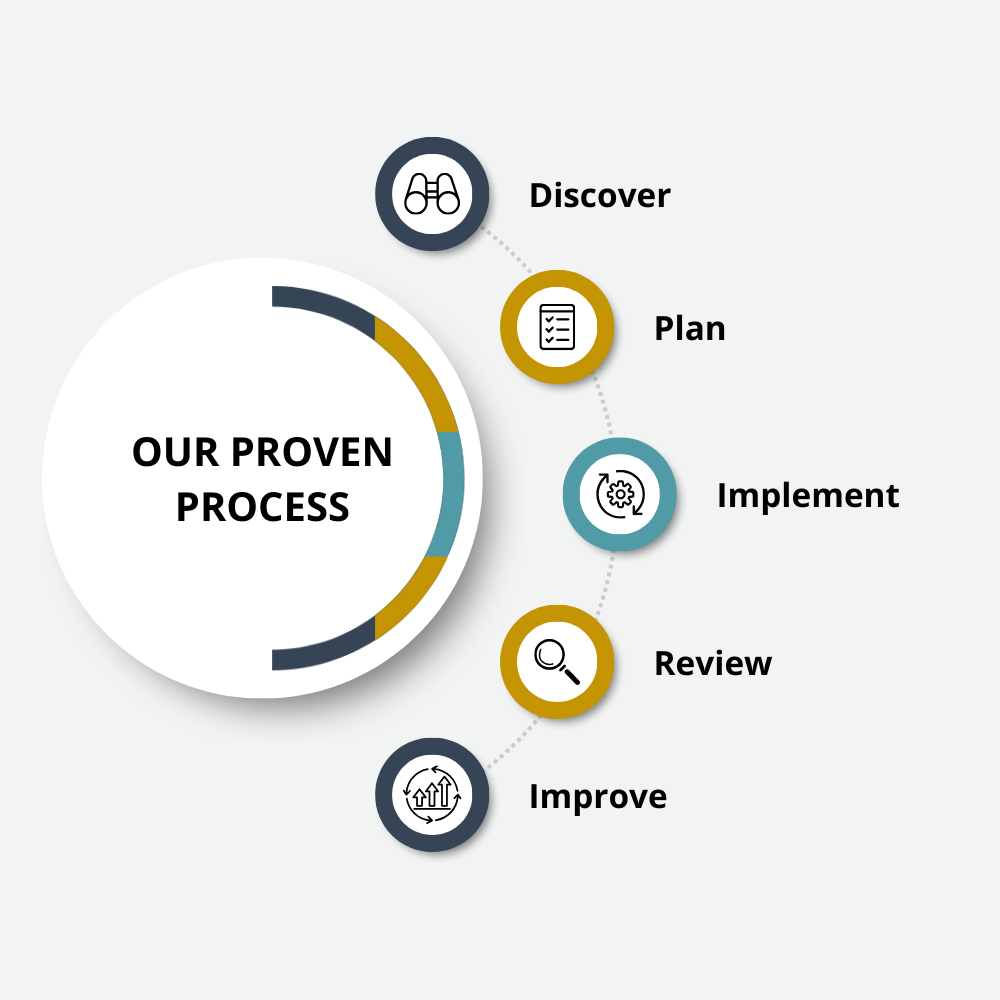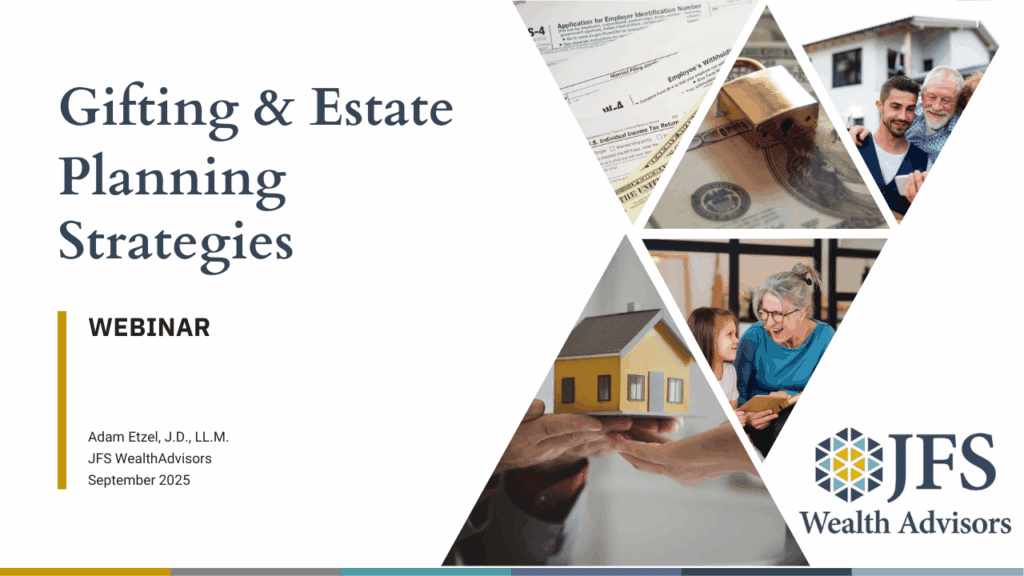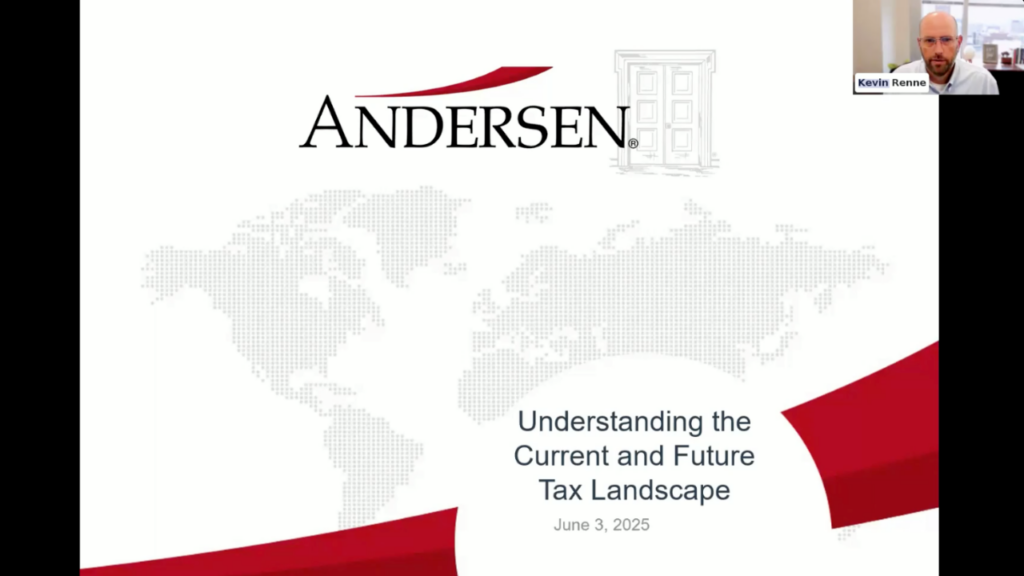Jonathan Swift, author of Gulliver’s Travels, is attributed with the saying, “All that is old is new again.” And we all know that in fashion, music, art, and other areas, certain “classics” never go out of style.
In the world of charitable giving, donor-advised funds (DAFs) are a classic. For those with significant wealth who intend to create and expand a philanthropic legacy, DAFs allow flexibility in the amount of giving and the nature of the donated asset, as well as affording the donor a large measure of control over the charity that will benefit from the gift. Perhaps that’s why DAFs have become a cornerstone of philanthropy: in 2023, some $54.77 billion was provided to charity through donor-advised funds nationwide.
OBBBA Expands Opportunities for Giving
On the other hand, certain changes to tax law brought about by the July 2025 passage of the One Big Beautiful Bill Act (OBBBA) have the potential to expand charitable giving, even for those who may not utilize DAFs. Perhaps the most widely applicable change makes it possible for taxpayers to make charitable donations of as much as $2,000 (for married filers; $1,000 for single filers) to qualified charities. Significantly, this provision applies to those who do not itemize. Many will remember that with the major increase in the standard deduction created by the Tax Cuts and Jobs Act (TCJA) of 2017, itemized deductions lost their advantage for many taxpayers. Now, this provision of OBBBA permits even non-itemizers to deduct gifts to qualified charities. A similar provision enacted by the pandemic-era CARES Act permitted a similar above-the-line deduction of $300, and some 90 million taxpayers claimed the deduction. So, this new rule has the potential to expand charitable giving to a broader slice of the taxpaying public.
New Limits on Deductibility under OBBBA
But the effects of the new law also come with some limitations for higher-income taxpayers. OBBBA caps the deductibility of itemized charitable gifts at 35% of the value of the gift for those in the top tax bracket (37%). This is a reduction from the 37% cap that was in force prior to the passage of OBBBA. In other words, in the 2026 tax year, a donor in the top tax bracket can deduct only $350 on a $1,000 gift.
Additionally, OBBBA imposes a minimum threshold on the amount qualifying for deductibility. In the 2026 tax year, individual’s charitable gifts must exceed 0.5% of their adjusted gross income (AGI) to be deductible. So, a couple earning $300,000 could only deduct gifts in excess of $1,500. And for corporations, the threshold is higher: 1% of taxable income.
How DAFs Can Help
And this brings us back to the usefulness of donor-advised funds. Because donors can “bunch” multiple years’ worth of gifts to a DAF and then, over time, direct the disposition of the gift, a DAF can allow donors to accelerate gifts into years when deductibility rules are more favorable (i.e., making a gift in 2025 to take advantage of the 37% rate available until the end of the year) and also to combine multiple years of giving to ensure exceeding the AGI threshold for deductibility. Because DAFs give donors more flexibility with both the timing and the amount of gifts, they can be very useful for maximizing the tax-efficiency of philanthropic efforts.
If you are considering ways to maximize the impact of a charitable gift, considering the use of a DAF, or you have other questions about deductibility and other tax implications, your JFS advisor is always available to provide guidance and answer questions. And, if you want to further explore ways to improve your charitable legacy, please review our free webinar, “Gifting & Estate Planning Strategies.”
Disclosure: JFS is neither a law firm, nor a certified public accounting firm, and no portion of its services should be construed as legal or accounting advice. Moreover, no portion of this discussion or information serves as the receipt of, or a substitute for, personalized investment advice from JFS.




















